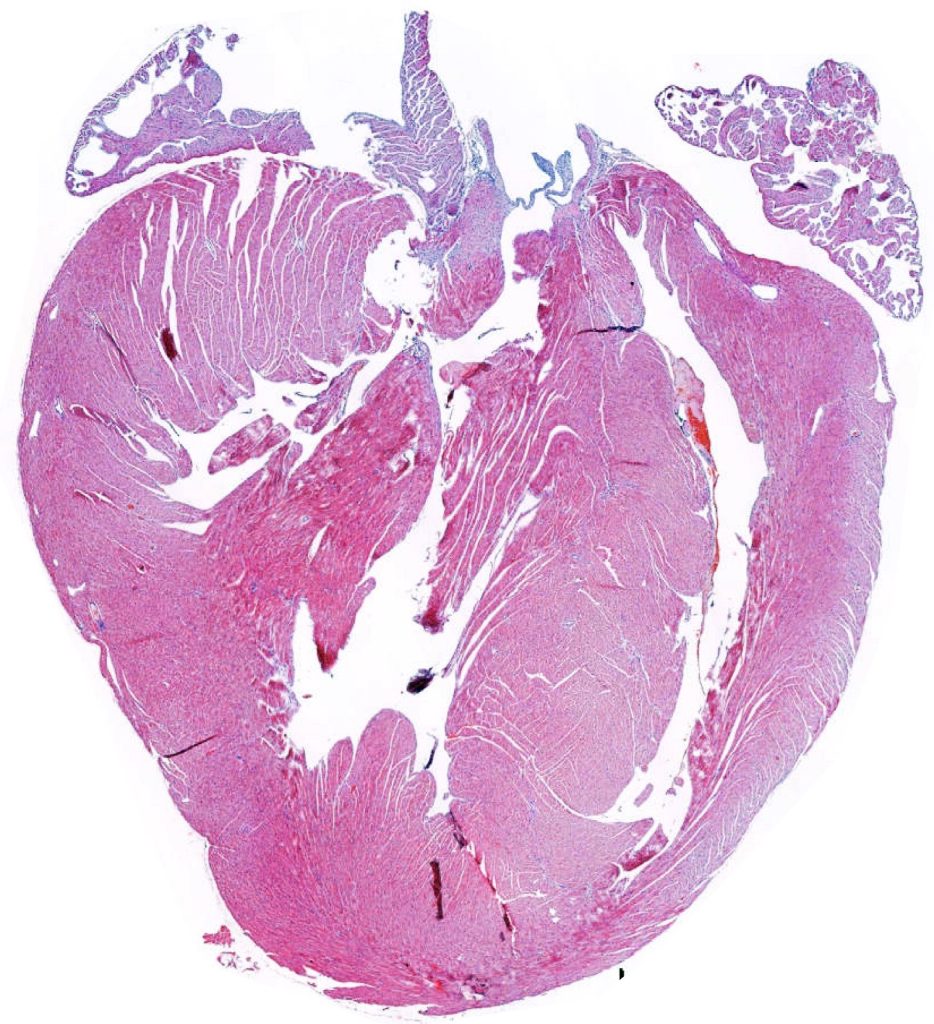Rafael Romero-Becerra, Francisco M. Cruz, Alfonso Mora, Juan Antonio Lopez, Daniela Ponce-Balbuena, Andrew Allan, Roberto Ramos-Mondragón, Bárbara González-Terán, Marta León, Maria Elena Rodríguez, Luis Leiva-Vega, Guadalupe Guerrero-Serna, Eric N. Jimenez-Vazquez, David Filgueiras-Rama, Jesús Vázquez, José Jalife & Guadalupe Sabio.
Ventricular fibrillation (VF) is a leading immediate cause of sudden cardiac death. There is a strong association between aging and VF, although the mechanisms are unclear, limiting the availability of targeted therapeutic interventions.
Here we found that the stress kinases p38γ and p38δ are activated in the ventricles of old mice and mice with genetic or drug-induced arrhythmogenic conditions. We discovered that, upon activation, p38γ and p38δ cooperatively increase the susceptibility to stress-induced VF. Mechanistically, our data indicate that activated p38γ and p38δ phosphorylate ryanodine receptor 2 (RyR2) disrupt Kv4.3 channel localization, promoting sarcoplasmic reticulum calcium leak, Ito current reduction and action potential duration prolongation. In turn, this led to aberrant intracellular calcium handling, premature ventricular complexes and enhanced susceptibility to VF. Blocking this pathway protected genetically modified animals from VF development and reduced the VF duration in aged animals.
These results indicate that p38γ and p38δ are a potential therapeutic target for sustained VF prevention.






